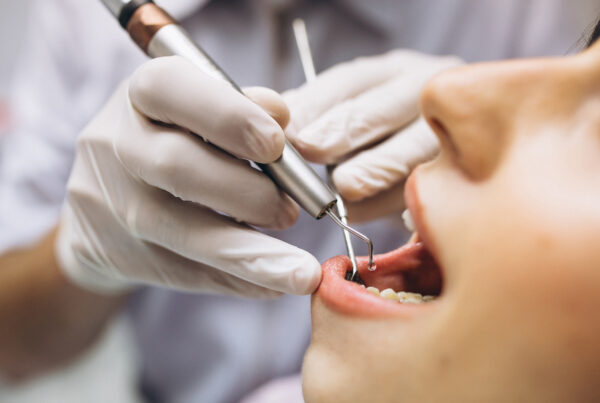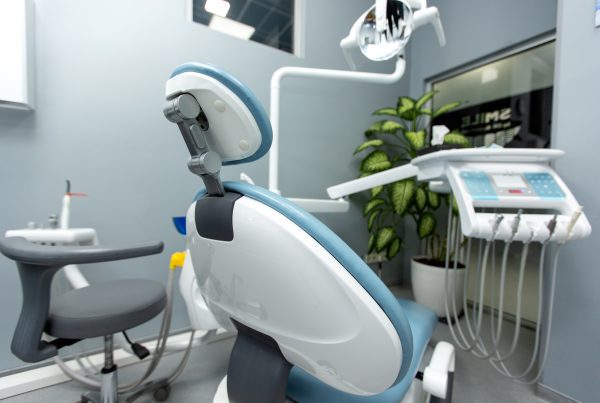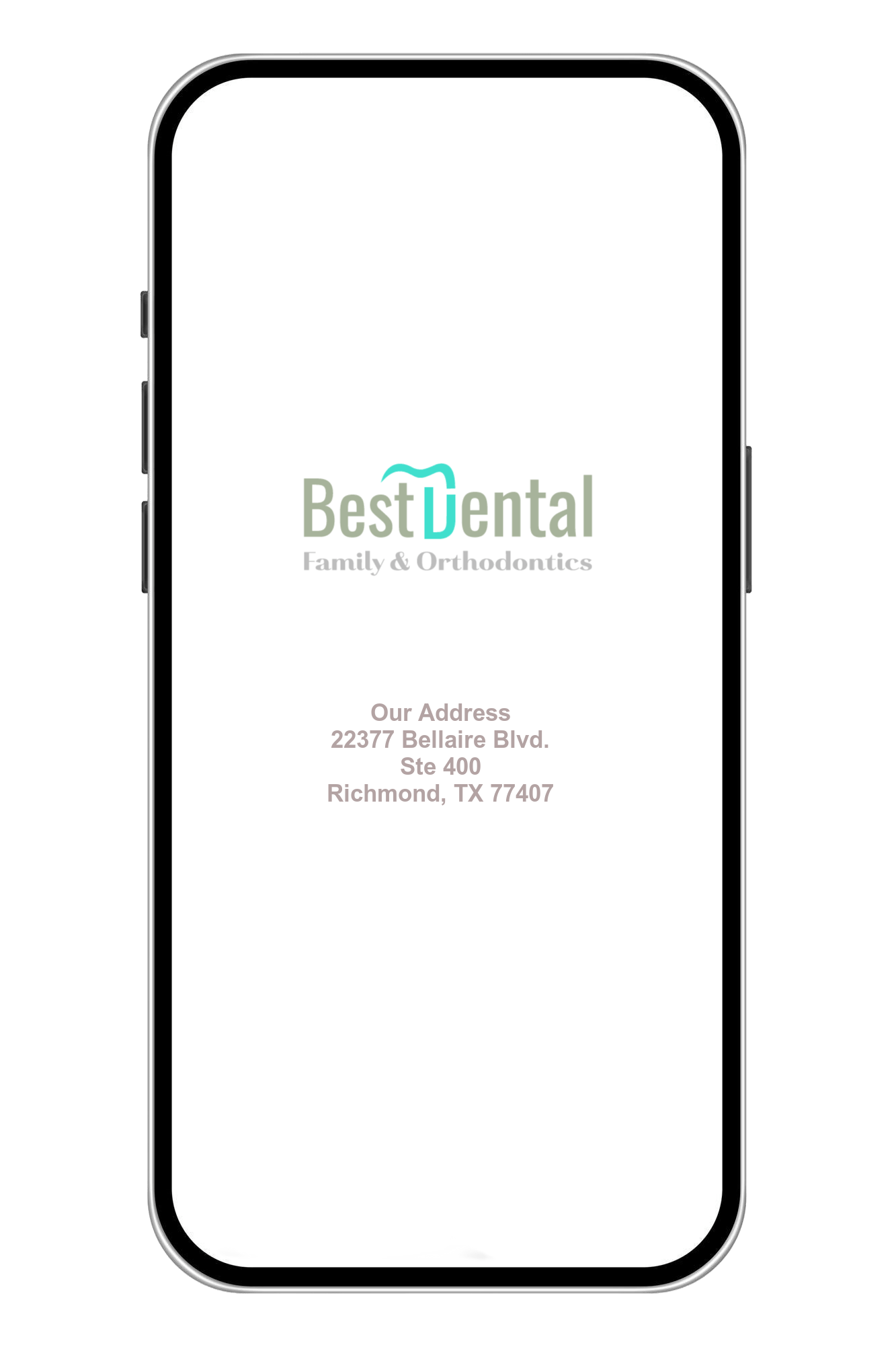An Overview On Pain And Deep Dental Cleanings
Deep cleanings, also known as scaling and root planing, are a crucial dental procedure for managing gum disease, particularly in its advanced stages. While oral health is paramount, the prospect of undergoing a deep cleaning can be intimidating for many individuals due to concerns about potential pain and discomfort. This procedure involves removing built-up tartar and plaque from below the gumline and smoothing the root surfaces to promote gum tissue healing. While the degree of discomfort experienced during a deep cleaning can vary from person to person, understanding what to expect and the steps you can take to minimize any potential discomfort can help alleviate anxiety and ensure a smoother dental experience. In this article, we will explore the factors that influence the pain associated with deep cleanings and offer tips for managing any discomfort that may arise during or after the procedure.
What Is It?
What is a deep cleaning, and why is it necessary?
A deep cleaning, also known as scaling and root planing, is a specialized dental procedure aimed at treating and managing advanced gum disease, also called periodontitis. It involves the meticulous removal of plaque, tartar, and bacterial toxins from the surface of the tooth’s roots and beneath the gumline, where regular brushing and flossing cannot reach. This thorough cleaning process helps to eliminate the accumulated debris and bacteria that contribute to gum inflammation and bone loss. By smoothing the rough areas on the tooth’s roots, the procedure encourages the reattachment of the gums to the teeth, thus reducing the depth of periodontal pockets and preventing the progression of gum disease. Deep cleanings are crucial in preventing further deterioration of the gums and bone structure, ultimately preserving the overall health and integrity of the teeth and supporting tissues.
Is It Painful?
Is pain or discomfort commonly associated with deep cleanings?
Pain or discomfort during deep cleanings can be a common concern for many individuals. The degree of discomfort experienced during the procedure can vary depending on the severity of the gum disease, individual pain tolerance, and the specific techniques used by the dental professional. While some patients might only feel mild sensitivity or pressure, others may experience more significant discomfort, especially if the gum disease is advanced and the roots are sensitive. However, with the advancements in dental technology and the use of local anesthetics, many dental offices strive to minimize any pain or discomfort during deep cleanings, making the procedure more manageable for patients. Additionally, post-procedural discomfort such as sensitivity, mild bleeding, or gum tenderness might occur, but these symptoms generally subside within a few days with proper care and follow-up treatment.

What are the common reasons people experience pain during or after a deep cleaning?
People may experience pain during or after a deep cleaning for various reasons, including the following:
- Gum Sensitivity: Inflamed and sensitive gums can make the deep cleaning procedure uncomfortable, particularly when the dental tools come into contact with the affected areas.
- Exposed Tooth Roots: If the gum disease has progressed, the tooth roots might become exposed, leading to heightened sensitivity and discomfort during the cleaning process.
- Deep Tartar Removal: Removing deep-seated tartar and plaque from below the gumline can result in temporary discomfort, especially if the buildup is extensive.
- Inflammation and Bleeding: The presence of inflamed gums and minor bleeding during the procedure can contribute to discomfort.
- Anxiety and Stress: Dental anxiety can exacerbate the perception of pain, making the experience more challenging for some individuals.
- Lack of Anesthesia: In cases where local anesthesia is not used or is not fully effective, patients may feel more pain during the deep cleaning process.
Understanding these potential factors can help dental professionals and patients alike take necessary precautions to minimize pain and discomfort during and after the deep cleaning procedure.
What measures can dental professionals take to minimize pain during deep cleanings?
Dental professionals employ several strategies to minimize pain and discomfort during deep cleanings. One of the primary methods is the use of local anesthesia to numb the gums and surrounding tissues, thereby reducing the sensation of pain during the procedure. Additionally, employing advanced, gentle cleaning techniques and using specialized dental tools can help minimize trauma to the gums and tooth roots. Dental professionals may also use topical anesthetics or desensitizing agents to alleviate discomfort and sensitivity. Creating a calm and comfortable environment, providing clear communication throughout the procedure, and allowing patients to take breaks if needed can also help alleviate anxiety and reduce the perception of pain during deep cleanings.

Are there any anesthetic or numbing options available for deep cleanings?
Yes, there are various anesthetic and numbing options available to help minimize discomfort during deep cleanings. The most common option is the use of local anesthesia, which is administered via injection to numb the specific area being treated. Local anesthesia effectively blocks the sensation of pain in the gums and surrounding tissues, making the deep cleaning procedure more comfortable for the patient. In addition to local anesthesia, some dental professionals may use topical anesthetics, which are applied directly to the gums to reduce sensitivity and discomfort during the cleaning process. These options can significantly enhance the patient’s experience and make deep cleanings more tolerable, especially for individuals with heightened dental sensitivity or anxiety.
For More Information About Deep Cleanings And Associated Discomfort Contact Our Team Today!
We look forward to hearing from you.



